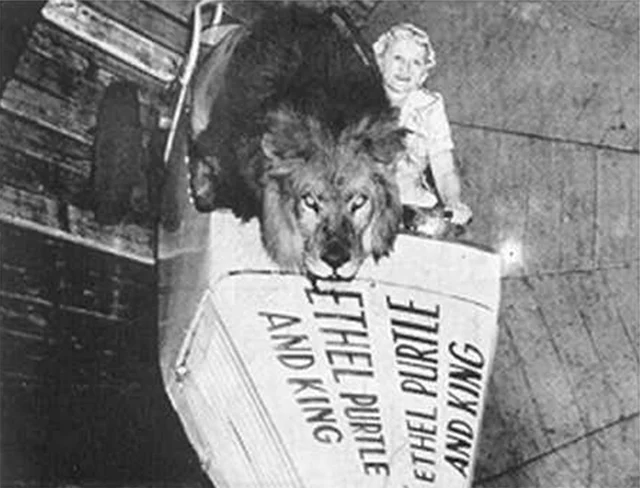| ACTION SHOTS |
Search This Blog
Tags
- 1199
- action shots
- adventure
- aprilia
- badassery
- benelli
- bmw
- books n' dvds
- books n' movies
- bsa
- buell
- cutaways
- design
- ducati
- equipment
- factory girls
- FACTORY SHOT
- factory shots
- factory videos
- featured special builders
- gilera
- girls girls girls
- good fellas
- harley davidson
- honda
- inked girls
- isle of man tt
- kawasaki
- ktm
- laverda
- mc moto-videos
- mc wallpapers
- memorabilia
- moto guzzi
- moto morini
- moto-cards
- motographite custom workshop
- motors
- mv-agusta
- norton
- others brands
- panigale
- postman
- road races
- rocker's habitat
- royal enfield
- scrambler
- superbike
- suzuki
- the steve mcqueen edition
- triumph
- workshop girls
- workshop shots
- yamaha
- your friends' recommendations
Categories
- 1199 (1)
- action shots (22)
- adventure (7)
- aprilia (5)
- badassery (10)
- benelli (1)
- bmw (35)
- books n' dvds (1)
- books n' movies (1)
- bsa (4)
- buell (1)
- cutaways (1)
- design (9)
- ducati (60)
- equipment (8)
- factory girls (11)
- FACTORY SHOT (1)
- factory shots (14)
- factory videos (11)
- featured special builders (1)
- gilera (2)
- girls girls girls (4)
- good fellas (1)
- harley davidson (25)
- honda (41)
- inked girls (3)
- isle of man tt (7)
- kawasaki (24)
- ktm (3)
- laverda (2)
- mc moto-videos (42)
- mc wallpapers (3)
- memorabilia (2)
- moto guzzi (19)
- moto morini (2)
- moto-cards (1)
- motographite custom workshop (2)
- motors (9)
- mv-agusta (2)
- norton (9)
- others brands (1)
- panigale (1)
- postman (1)
- road races (6)
- rocker's habitat (5)
- royal enfield (2)
- scrambler (5)
- superbike (1)
- suzuki (9)
- the steve mcqueen edition (1)
- triumph (51)
- workshop girls (44)
- workshop shots (40)
- yamaha (48)
- your friends' recommendations (1)
Designed with by Way2Themes | Distributed by Gooyaabi




0 Comments